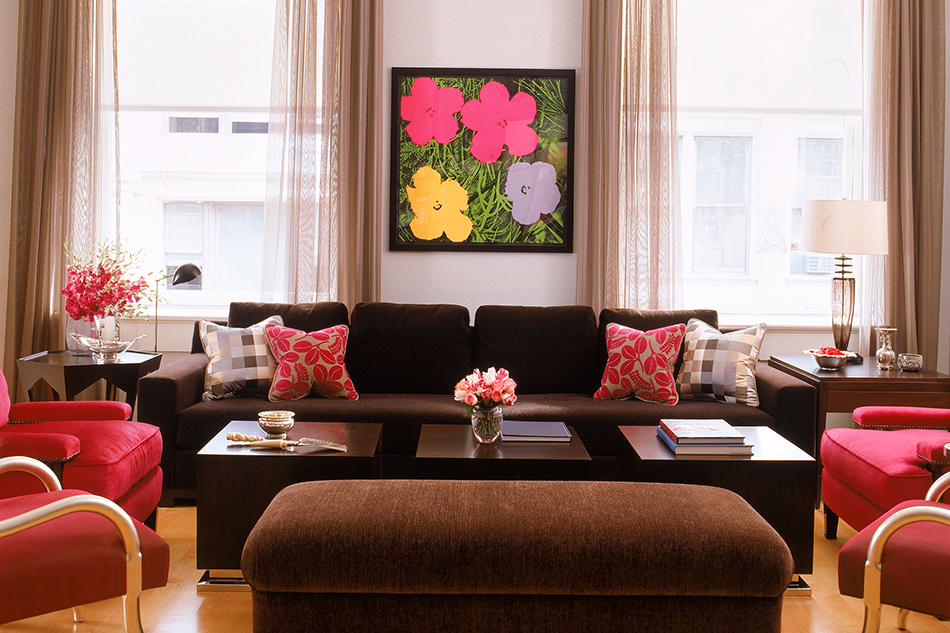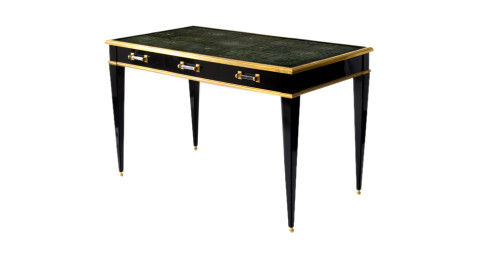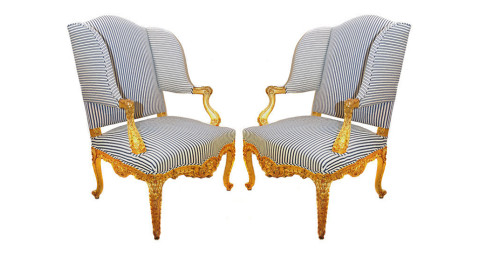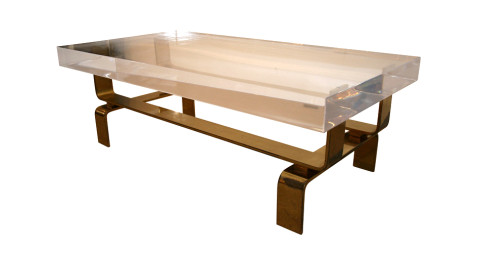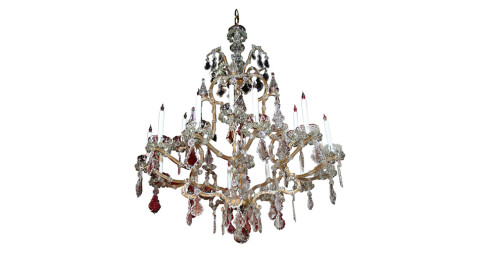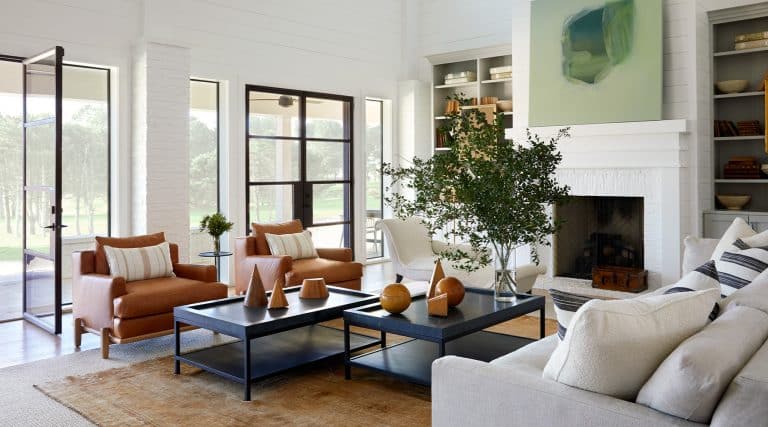
April 8, 2009New York designer Jamie Drake brings fresh color, varied textures and rich materials to traditional interiors, including the 20th-century mansion on Manhattan’s Upper East Side shown above. Photos by William Waldron
When I was six my best friend and I decorated this backyard pit to become our fort,” says venerable designer Jamie Drake, describing his aesthetic awakening. “We moved rocks around the perimeter to create stone walls, and I added old bottles found in an abandoned barn to dolly it all up. Even at that age I was in charge of the decorating and antiques.” Since this idyllic Connecticut childhood, Drake has gone on to assemble many more fabulous forts for the likes of Madonna and Mayor Michael Bloomberg, but has never lost sight of what initially inspired him to get into the business: “I love to inject a sense of personality into my work,” he says. “My interiors are assertive without being overbearing.”
Heavily influenced by a youth spent surrounded by his artist mother’s paintings (she trained at the Yale School of Art), a father in the printing business and a home decorated by the renowned Bernard Burge, Drake eschewed the French provincial look when it came time to outfit his own childhood bedroom and insisted on black patent leather furniture and shiny white lacquered moldings. “By the time I was eight or nine, I was devouring ever shelter magazine I could get my hands on,” says Drake. “I was drawing elaborate house plans. I knew I wanted to be an interior designer.”
While attending a regional public arts school, Drake cut his design teeth with an apprenticeship at a leading Connecticut interior design firm. Here, he learned “one of the fundamental principles that every designer should take to heart: adaptability.” After completing a degree at Parsons School of Design’s Environmental Design Program — during which he spent a memorable summer interning for the legendary Angelo Donghia — he launched Drake Design Associates in 1978 and immediately got a call from a former classmate. “I was doing apartments for her boyfriend and the boyfriend’s father,” recalls Drake. “They lived on Fifth Avenue, in a stellar building, which was new at the time. I filled it with lots of Donghia furniture. Angelo’s clarity of vision still has a huge impact on me.”
“I love to inject a sense of personality into my work. My interiors are assertive without being overbearing.”

Drake and his pug dogs pose in his East Hampton home.
Bold color also makes a tremendous impression on Drake, and he seamlessly infuses it into his rooms with grace and humor. Women’s Wear Daily, Marlene Dietrich, St. Petersburg’s Oranienbaum Palace and the Manhattan skyline on a crisp December evening all provide inspiration as well. “I love style in every form. I like vivacity and more than a little Midas touch.”
In his studio, Drake channels his gleeful energy into creating everything from an eponymous line of fabrics for Schumacher (“I’d like to think that if Tara had been decorated in my fabrics, Scarlett wouldn’t have stopped at my drapes”) furniture for Lewis Mittman, faucets for THG, handmade rugs for Safavieh, not to mention a book, Jamie Drake’s New American Glamour (Bulfinch Press) in which he celebrates his philosophy for living with a splash. “I must have design A.D.D. because I constantly need to work on different projects. If I didn’t evolve, I’d be bored out of my mind,” he says.
Whether envisioning an apartment in New York’s historic Dakota building or a modernist house in New Jersey, Drake understands that every project has its own tune and tenor, and he always commits himself with the fresh verve of an apprentice. Of particular excitement these days is the learning curve required for his recent design of two oncology clinics. “I want them to look not at all medical, but full of fresh color, textures and materials,” he says. No matter the venue, Drake aims to fuse glamour with practicality.
In a similar way, Drake isn’t shy about mixing high and low. “I love all that trash TV,” he admits. “The faux backgrounds of the rich are so great.” No wonder his favorite quote can be attributed to the equally unconventional Jean Cocteau: “Don’t confuse seriousness with gravity.”



